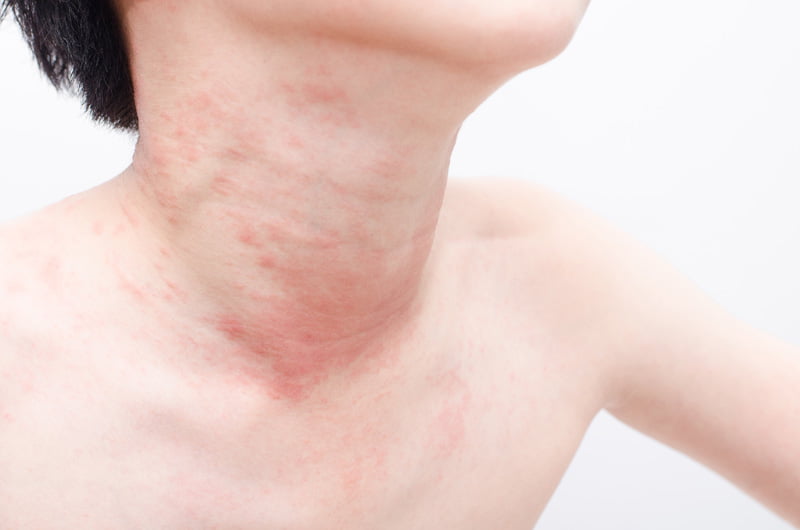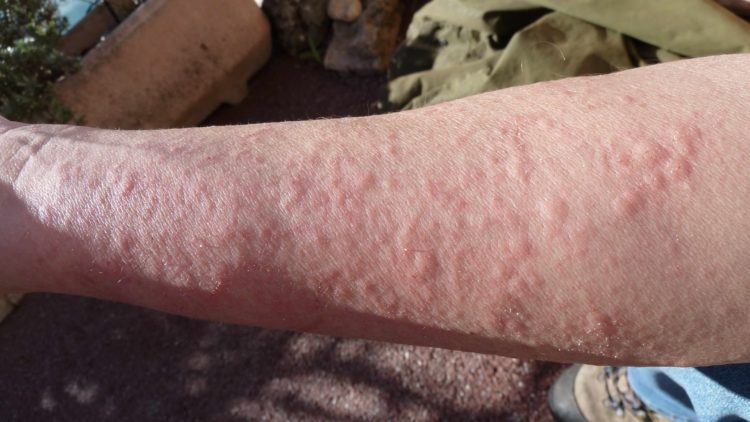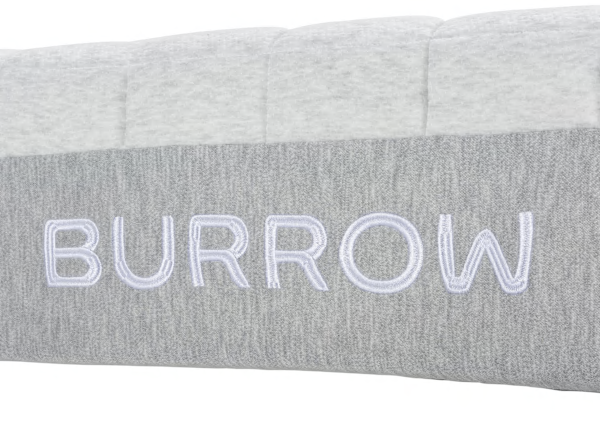Foam Mattress Allergies: Symptoms, Causes, and Treatment
If you've ever woken up with itchy, red bumps on your skin, you may be experiencing an allergic reaction to your foam mattress. These skin irritations, known as hives, can be uncomfortable and unsightly, but with the right knowledge and treatment, you can find relief and prevent future outbreaks. Read on to learn more about the symptoms, causes, and treatment of foam mattress allergies.
How to Prevent Allergic Reactions to Foam Mattresses
Prevention is key when it comes to foam mattress allergies. To avoid hives and other skin irritations, it's important to understand what triggers your allergy and take steps to avoid it. One of the most common causes of foam mattress allergies is dust mites, tiny bugs that feed off of dead skin cells and thrive in warm, humid environments like your mattress. To prevent dust mites and other allergens from accumulating in your mattress, use a hypoallergenic cover and wash your sheets regularly in hot water.
Understanding the Link Between Foam Mattresses and Hives
So, why do foam mattresses cause hives in some people? The answer lies in the materials used to make these mattresses. Memory foam, for example, is made from a chemical compound called polyurethane, which can release volatile organic compounds (VOCs) that can trigger allergic reactions in some individuals. Additionally, foam mattresses may contain fire retardant chemicals, adhesives, and dyes that can also cause skin irritation and hives.
Natural Remedies for Hives Caused by Foam Mattresses
If you're experiencing hives from your foam mattress, there are several natural remedies you can try to soothe your skin. A cool compress can help reduce redness and itching, while oatmeal baths can provide relief for larger areas of the body. You can also try applying aloe vera gel or coconut oil to the affected areas to alleviate discomfort and promote healing.
The Connection Between Foam Mattresses and Skin Irritation
Hives are not the only skin irritation that can be caused by foam mattresses. Some individuals may also experience contact dermatitis, a condition in which the skin becomes inflamed and itchy due to exposure to certain materials. If you have sensitive skin, it's important to pay attention to the materials used in your mattress and opt for natural, hypoallergenic options to avoid potential reactions.
Tips for Choosing a Hypoallergenic Foam Mattress
When shopping for a foam mattress, look for ones that are labeled as hypoallergenic. These mattresses are made with materials that are less likely to cause allergic reactions, such as natural latex or organic cotton. It's also a good idea to read reviews from other allergy sufferers to see if the mattress has caused any issues for them.
How to Clean and Maintain Your Foam Mattress to Avoid Hives
To keep your foam mattress free from allergens, it's important to clean and maintain it regularly. Vacuum your mattress at least once a month to remove dust and other particles, and spot clean any spills or stains immediately. You can also sprinkle baking soda on your mattress and let it sit for a few hours before vacuuming to help eliminate odors.
The Benefits of Using a Latex Foam Mattress for Allergy Sufferers
If you're prone to allergies, consider switching to a latex foam mattress. Latex is a natural material that is hypoallergenic and resistant to dust mites. It also has the added benefit of being breathable, which can help regulate body temperature and prevent sweating, another common cause of skin irritation.
Common Chemicals in Foam Mattresses That Can Trigger Hives
As mentioned earlier, foam mattresses can contain chemicals that can trigger allergic reactions. Some of the most common chemicals to watch out for include polyurethane, formaldehyde, and flame retardants. If you know you have a sensitivity to these chemicals, be sure to check the labels of any foam mattress you're considering purchasing.
How to Tell If Your Hives Are Caused by Your Foam Mattress
If you're experiencing hives or other skin irritations, it can be difficult to determine the exact cause. One way to pinpoint if your foam mattress is the culprit is to sleep on a different surface for a few nights, such as a guest room bed or a camping mattress. If your symptoms improve, it's a good indication that your foam mattress may be causing your hives.
Can Your Foam Mattress Give You Hives? The Truth About Allergies and House Design

The Rise of Foam Mattresses
 In recent years, foam mattresses have become increasingly popular for their comfort and support. These mattresses, made from materials such as memory foam or latex foam, are known for their ability to contour to the body and relieve pressure points. However, as more and more people switch to foam mattresses, there has been a rise in reports of
allergic reactions
such as
hives
and
skin irritation
. This has left many wondering if their beloved foam mattress is the cause of their discomfort.
In recent years, foam mattresses have become increasingly popular for their comfort and support. These mattresses, made from materials such as memory foam or latex foam, are known for their ability to contour to the body and relieve pressure points. However, as more and more people switch to foam mattresses, there has been a rise in reports of
allergic reactions
such as
hives
and
skin irritation
. This has left many wondering if their beloved foam mattress is the cause of their discomfort.
The Connection Between Foam Mattresses and Allergies
 The main culprit behind these allergic reactions is the materials used in foam mattresses. Memory foam and latex foam are both made from synthetic materials which can emit
volatile organic compounds (VOCs)
that can irritate the skin and respiratory system. These VOCs can also attract dust mites, which can further aggravate allergies and cause hives.
Another factor to consider is the
lack of breathability
in foam mattresses. Unlike traditional spring mattresses, foam mattresses do not allow for proper air circulation. This can lead to a buildup of sweat and moisture, creating the perfect breeding ground for mold and bacteria, which can also trigger allergic reactions.
The main culprit behind these allergic reactions is the materials used in foam mattresses. Memory foam and latex foam are both made from synthetic materials which can emit
volatile organic compounds (VOCs)
that can irritate the skin and respiratory system. These VOCs can also attract dust mites, which can further aggravate allergies and cause hives.
Another factor to consider is the
lack of breathability
in foam mattresses. Unlike traditional spring mattresses, foam mattresses do not allow for proper air circulation. This can lead to a buildup of sweat and moisture, creating the perfect breeding ground for mold and bacteria, which can also trigger allergic reactions.
How to Avoid Allergic Reactions with Foam Mattresses
 Fortunately, there are steps you can take to minimize the risk of developing allergies from your foam mattress. The first step is to
choose a high-quality, hypoallergenic foam mattress
that is made with natural materials and has been certified by third-party organizations. These mattresses are made without harsh chemicals and have a lower chance of emitting VOCs.
Additionally, investing in a
mattress protector
can help create a barrier between you and your mattress, reducing exposure to potential allergens. It is also important to regularly
clean and vacuum
your mattress to remove any dust mites or allergens that may have accumulated.
Fortunately, there are steps you can take to minimize the risk of developing allergies from your foam mattress. The first step is to
choose a high-quality, hypoallergenic foam mattress
that is made with natural materials and has been certified by third-party organizations. These mattresses are made without harsh chemicals and have a lower chance of emitting VOCs.
Additionally, investing in a
mattress protector
can help create a barrier between you and your mattress, reducing exposure to potential allergens. It is also important to regularly
clean and vacuum
your mattress to remove any dust mites or allergens that may have accumulated.
The Importance of House Design in Allergen Control
 Aside from choosing the right mattress, the design of your house can also play a role in reducing allergens. Investing in
proper ventilation
in your bedroom can help improve air circulation and prevent mold and bacteria growth. You can also consider using
allergy-proof bedding
such as hypoallergenic pillows and bedding covers.
In conclusion, while foam mattresses may offer unparalleled comfort, they can also come with the risk of allergic reactions. By being mindful of the materials used in your mattress and taking steps to improve the air quality in your bedroom, you can still enjoy the benefits of a foam mattress without the risk of developing hives or other allergies.
Aside from choosing the right mattress, the design of your house can also play a role in reducing allergens. Investing in
proper ventilation
in your bedroom can help improve air circulation and prevent mold and bacteria growth. You can also consider using
allergy-proof bedding
such as hypoallergenic pillows and bedding covers.
In conclusion, while foam mattresses may offer unparalleled comfort, they can also come with the risk of allergic reactions. By being mindful of the materials used in your mattress and taking steps to improve the air quality in your bedroom, you can still enjoy the benefits of a foam mattress without the risk of developing hives or other allergies.
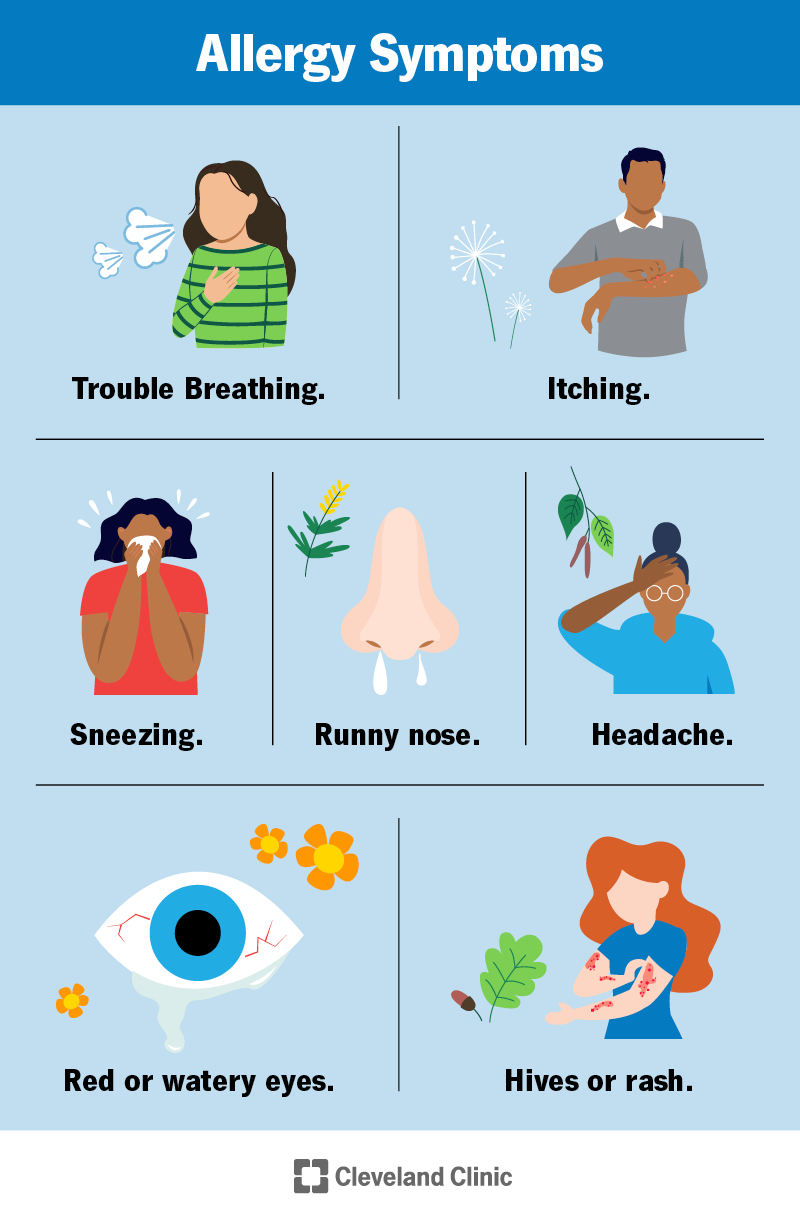






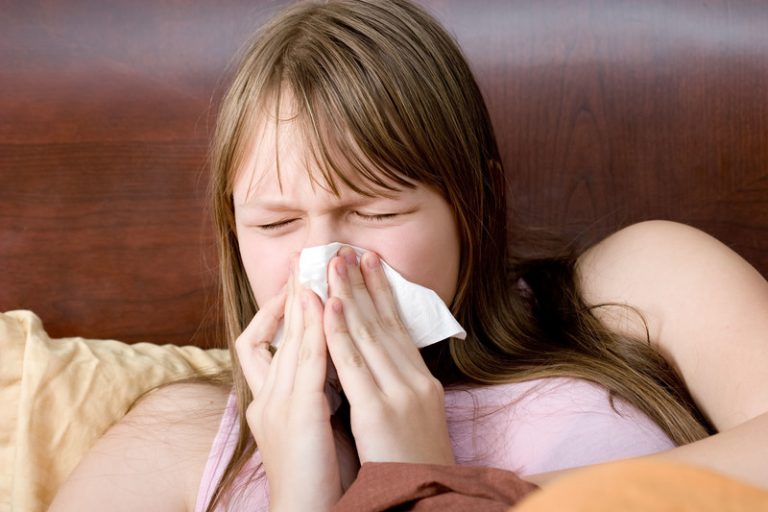









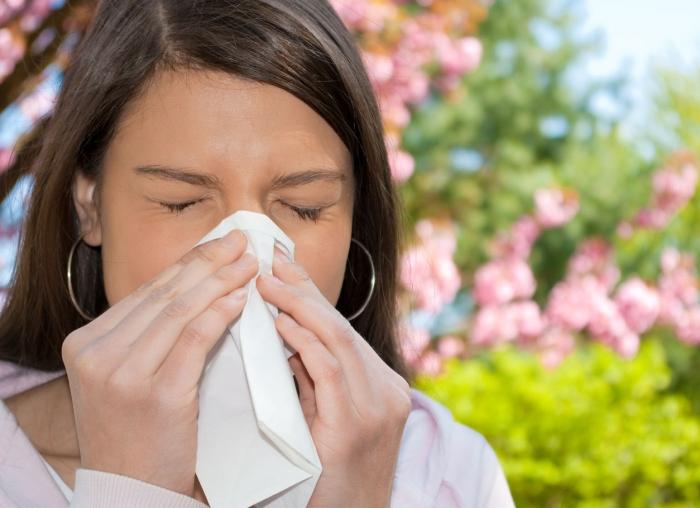



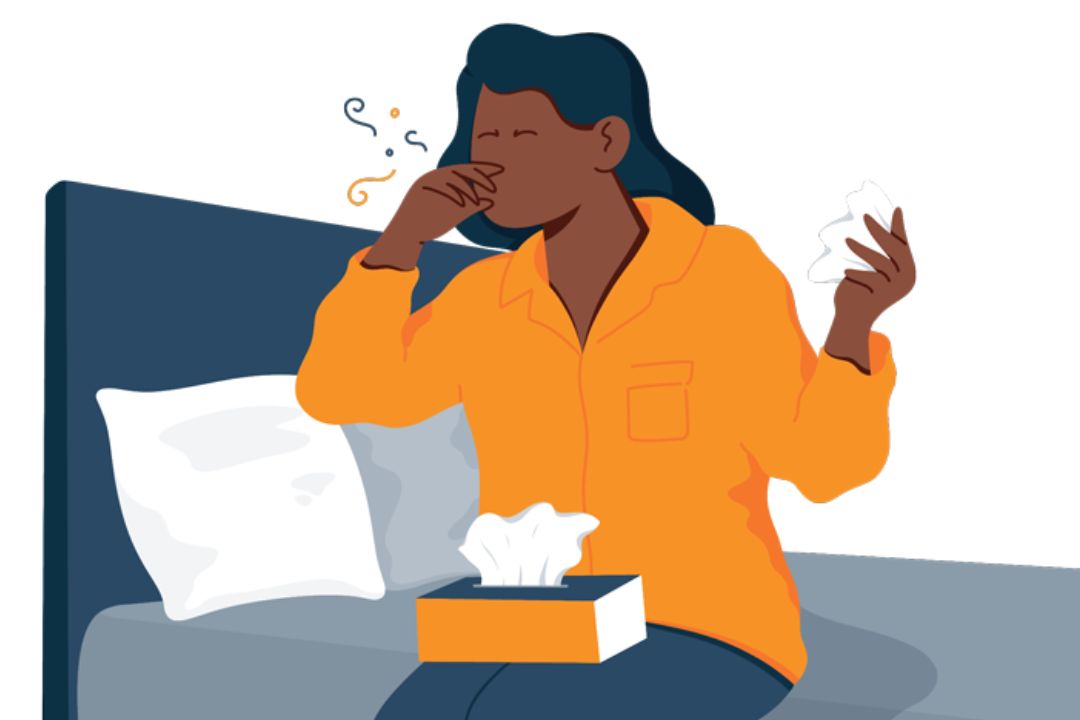





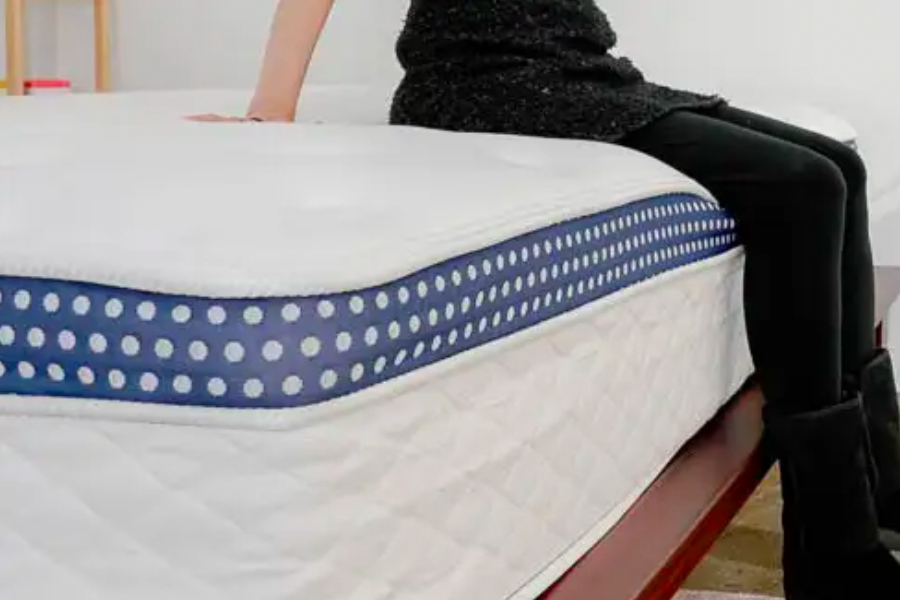
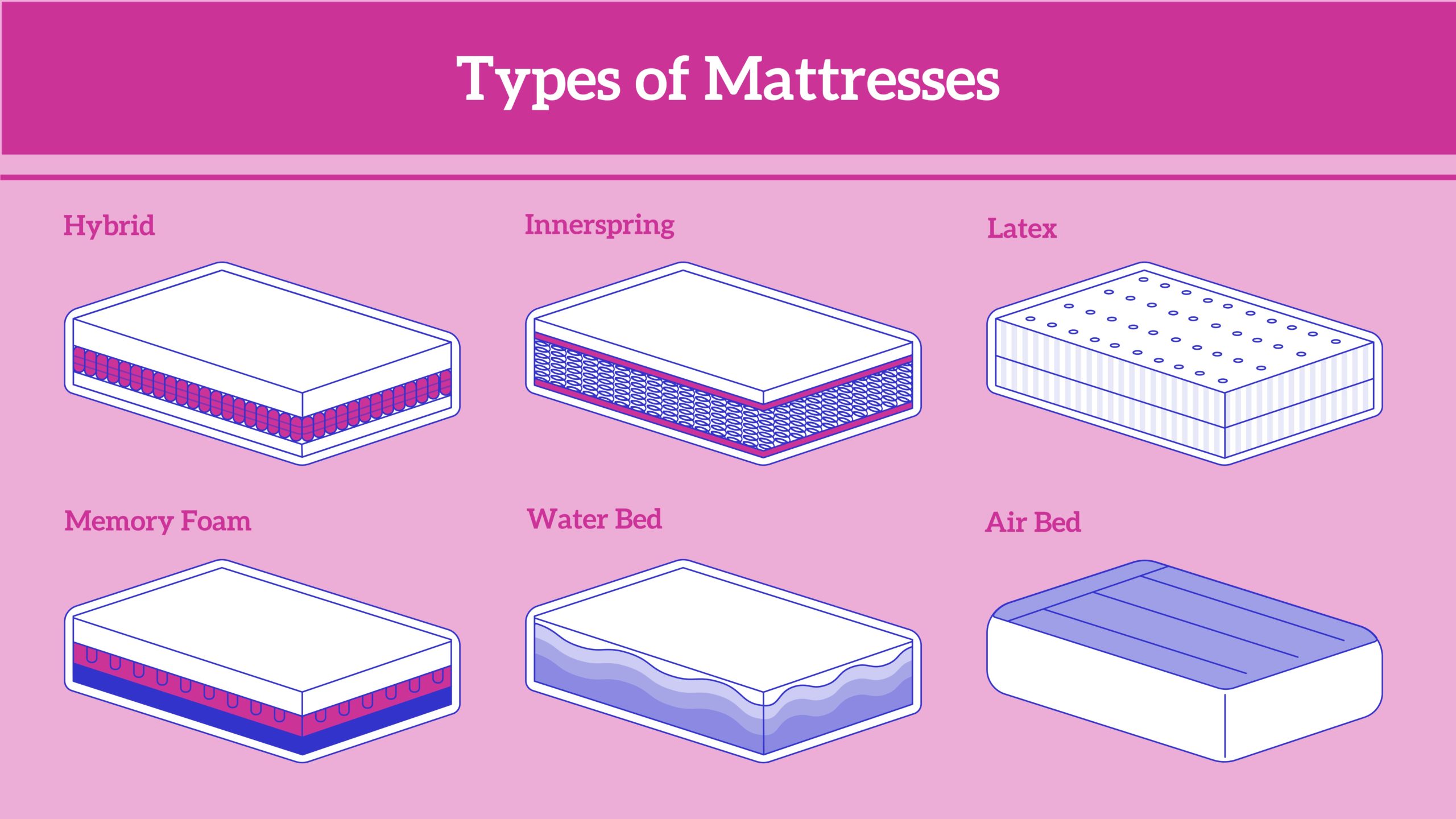
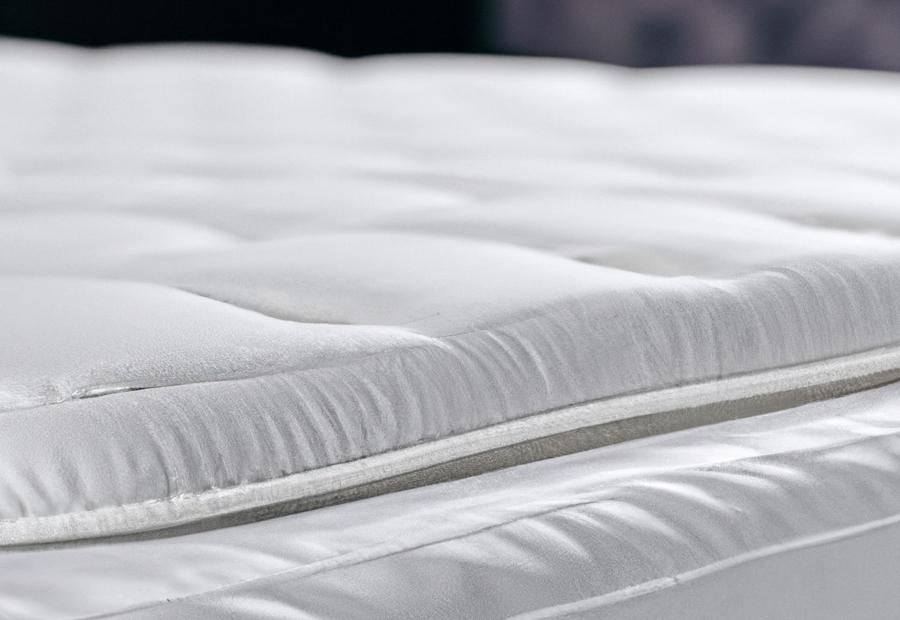




/HIves-by-Getty-Images-56a307a13df78cf7727b8e09.jpg)
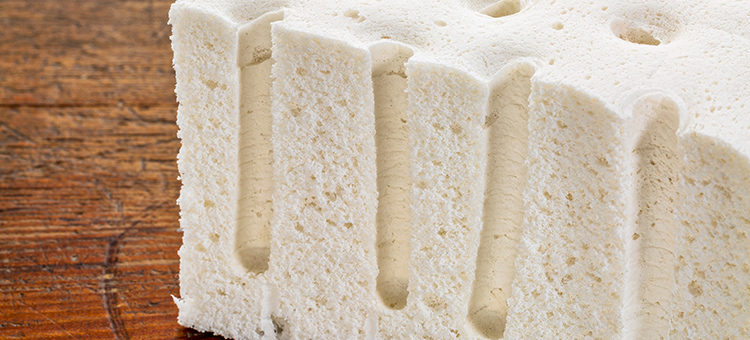





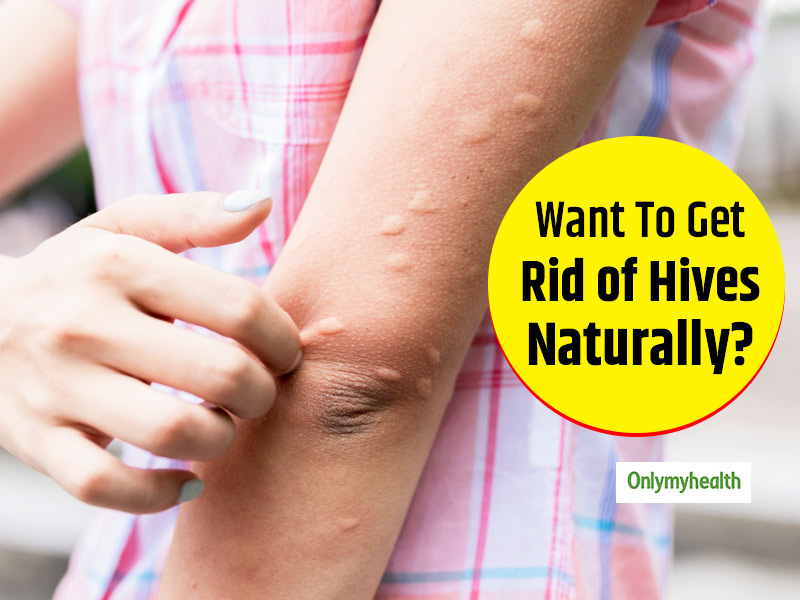

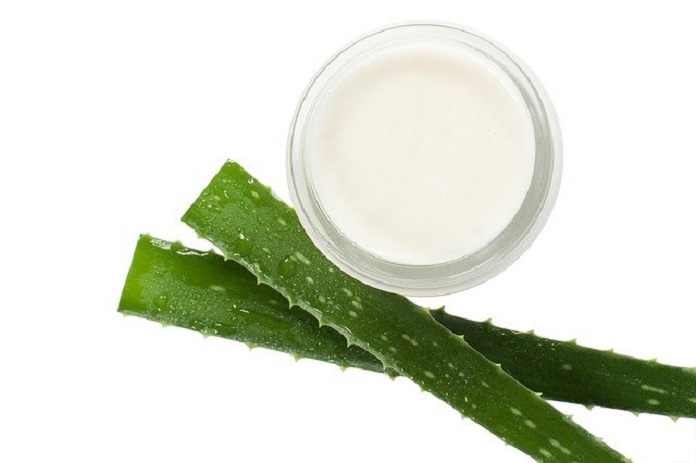

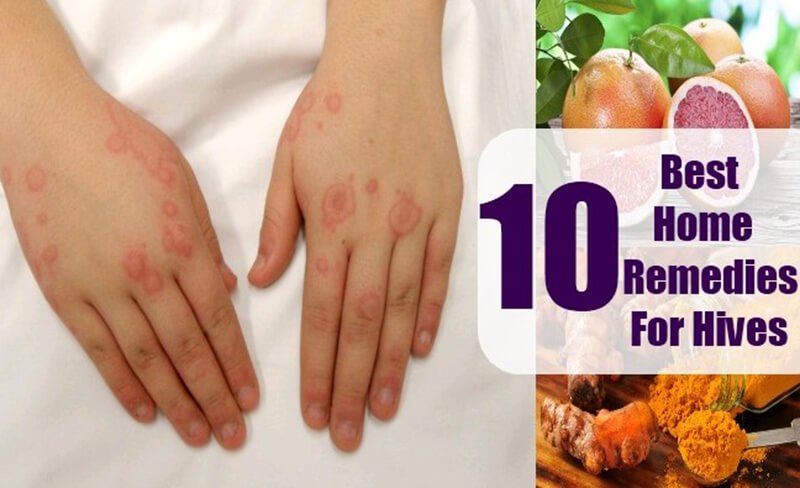





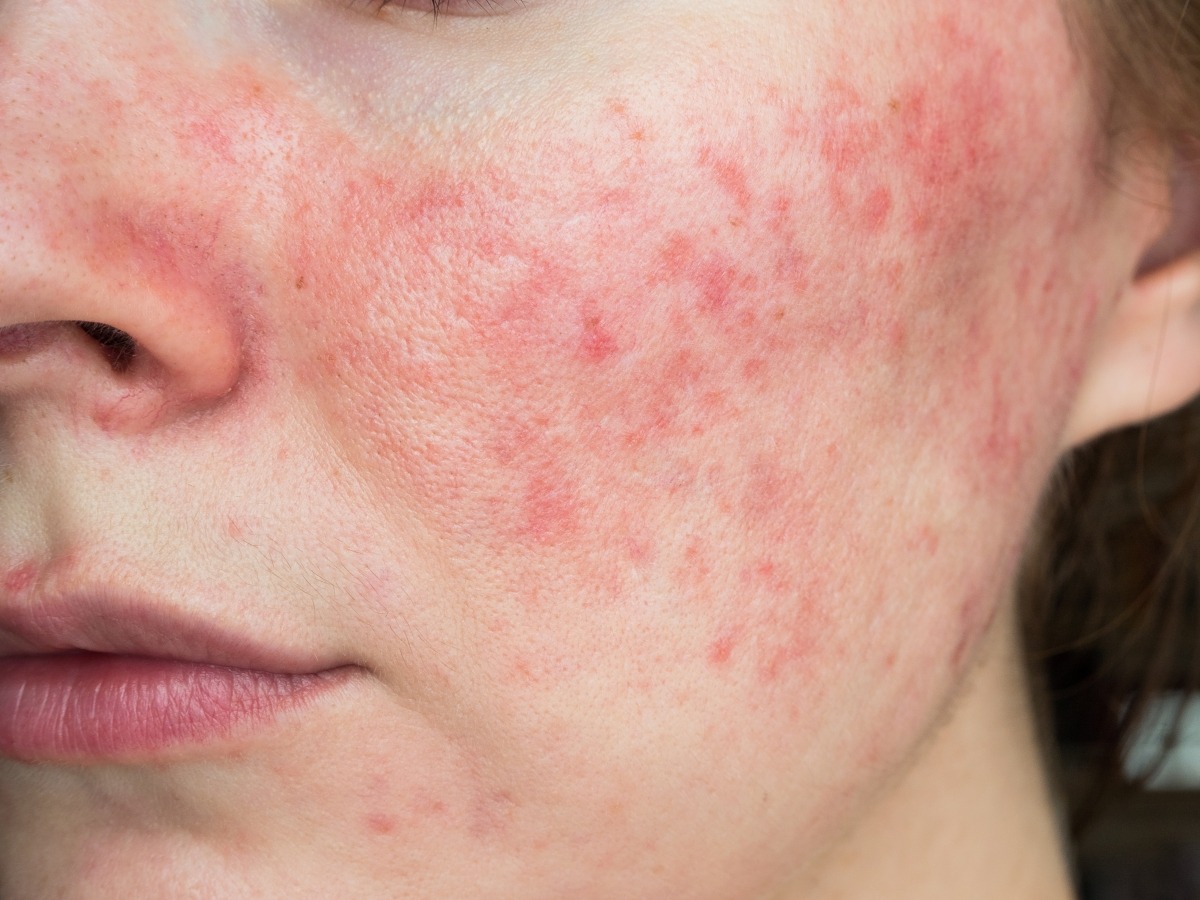
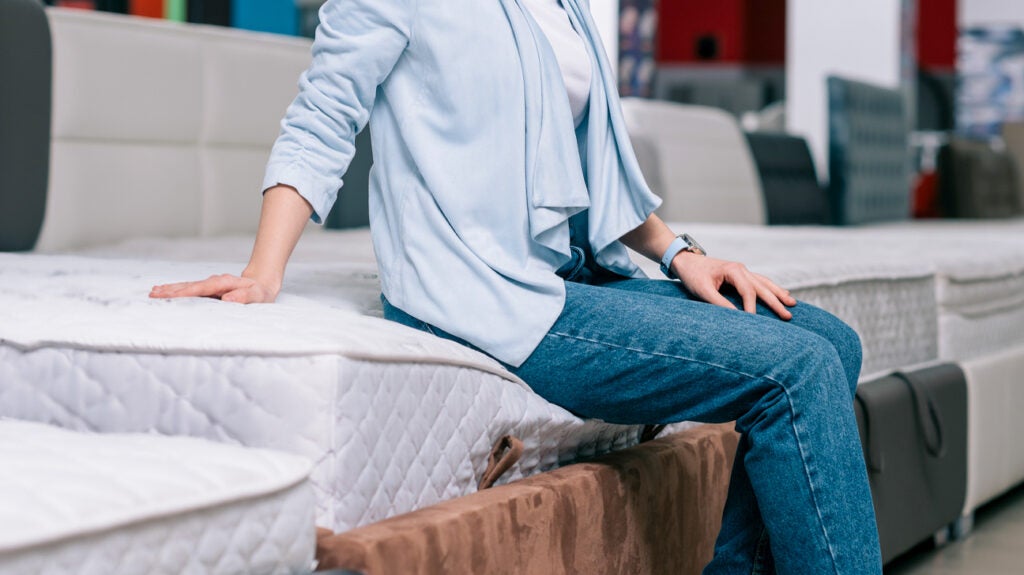




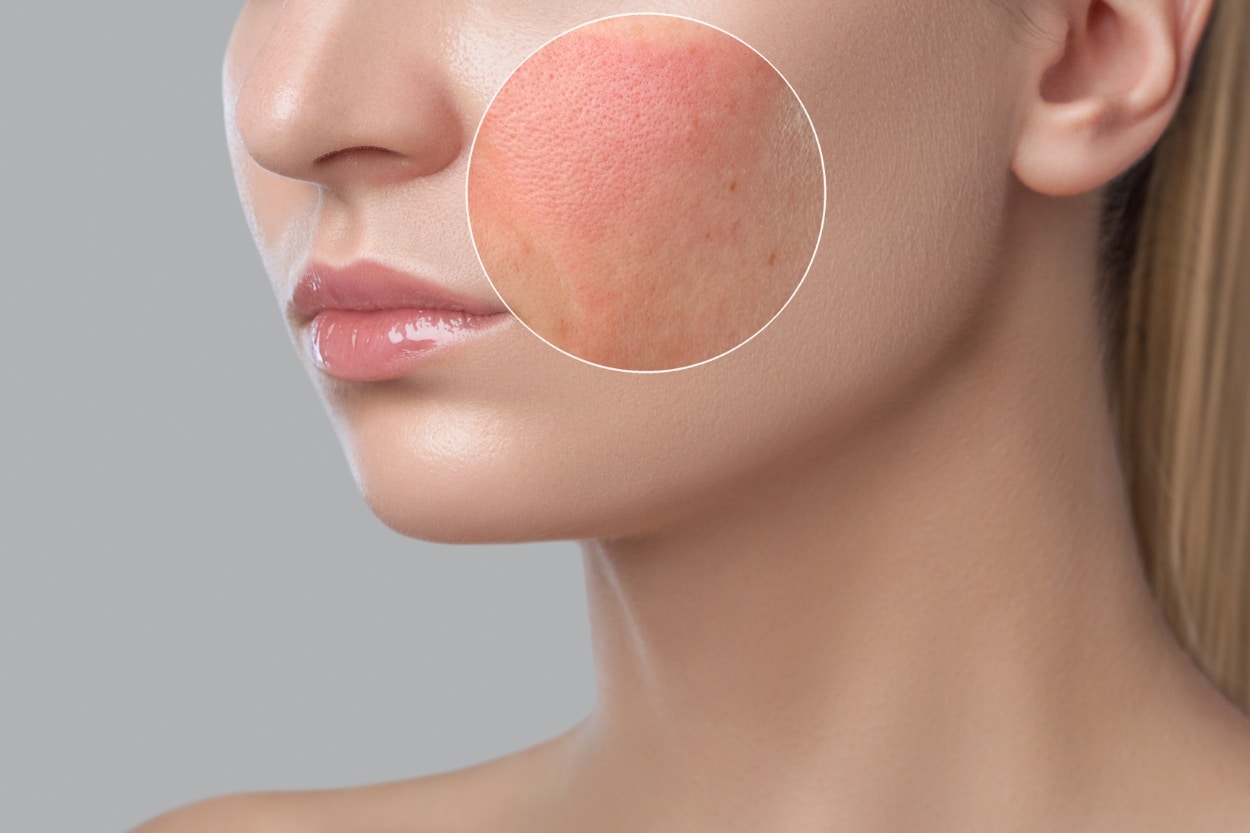
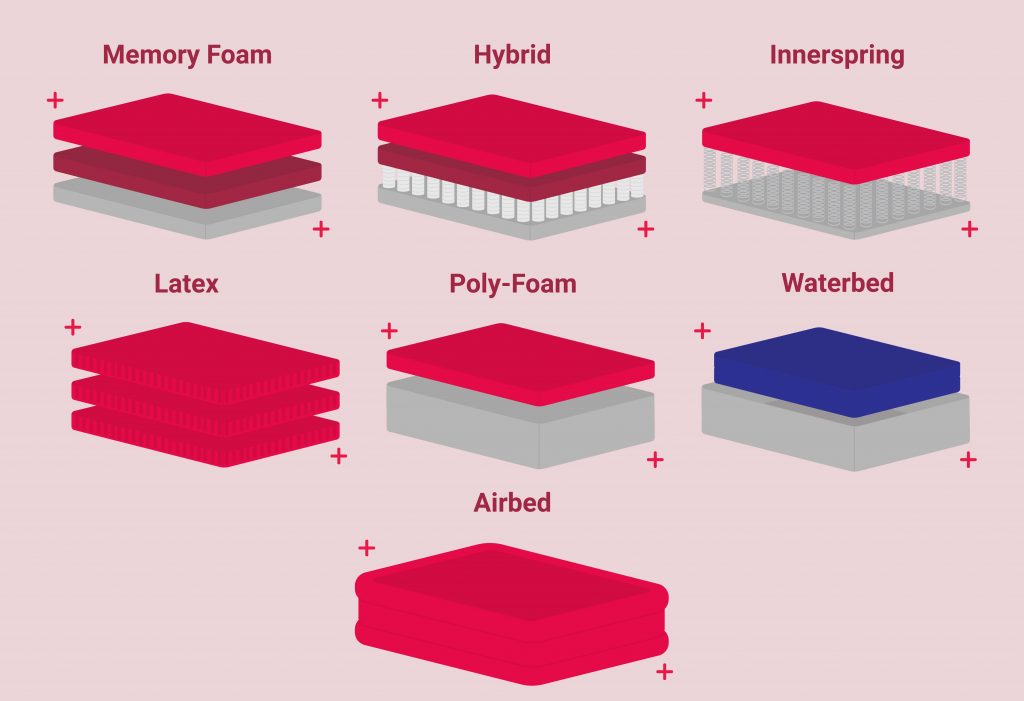

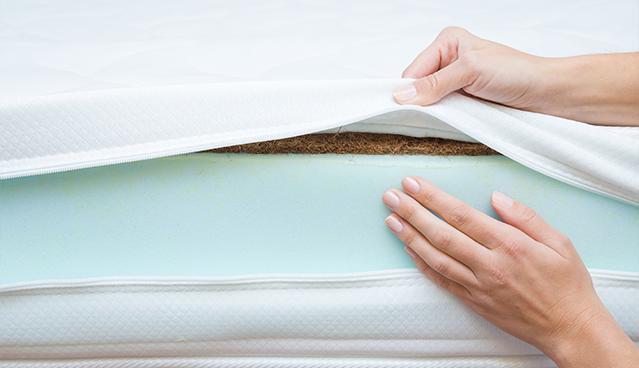
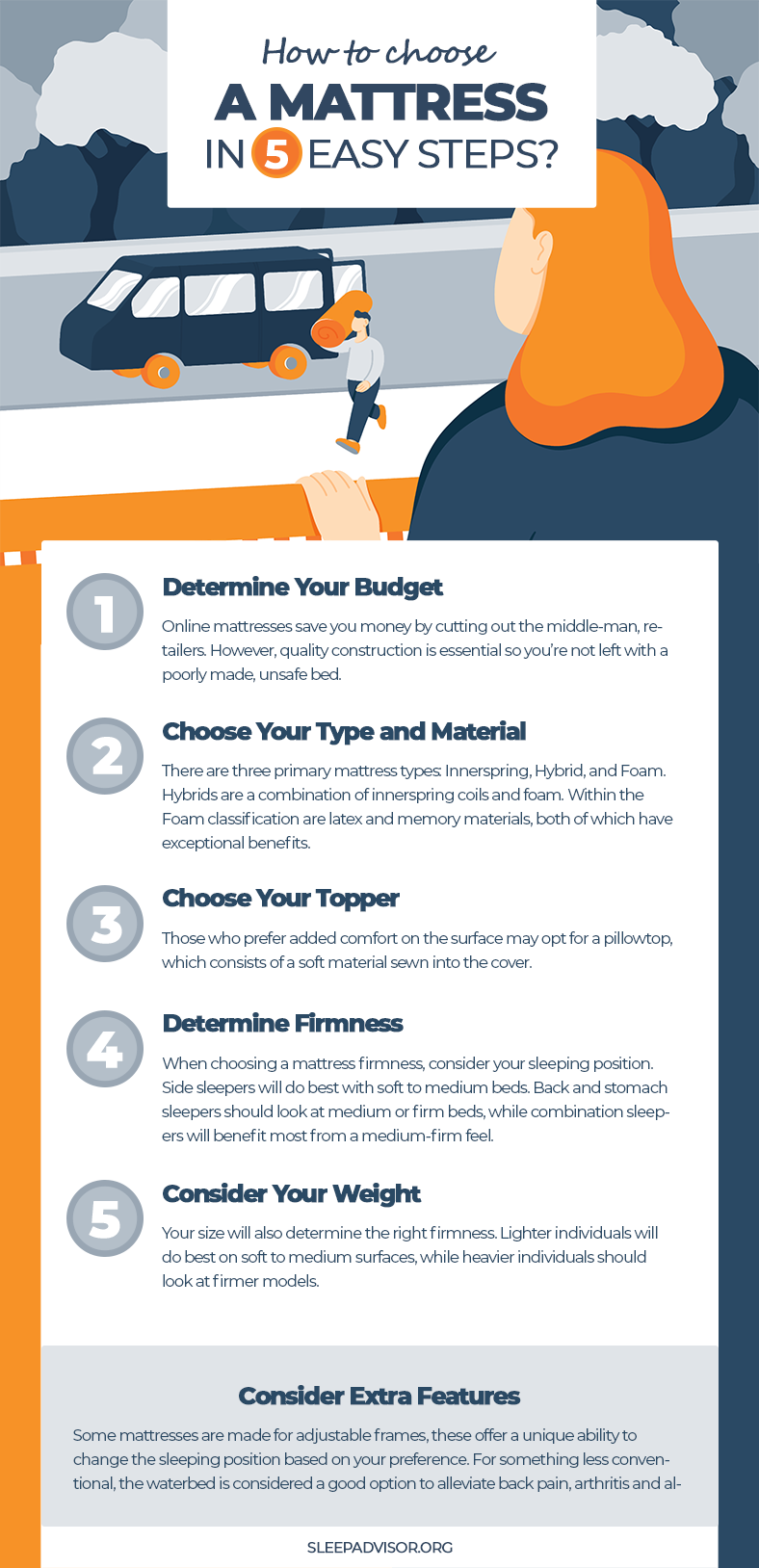





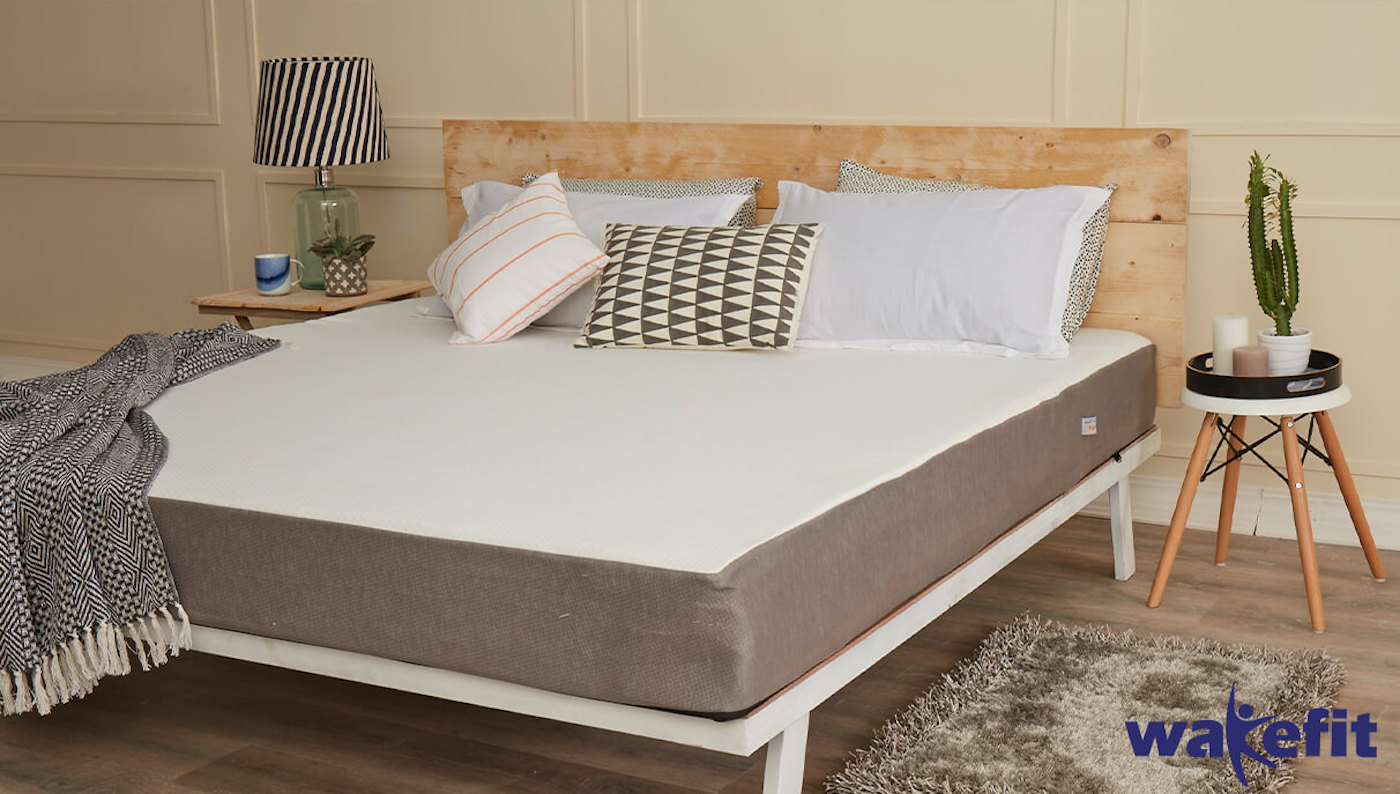











:max_bytes(150000):strip_icc()/clean-your-mattress-the-natural-way-350742-14-5a99efe91be349449c3178993b367746.jpg)

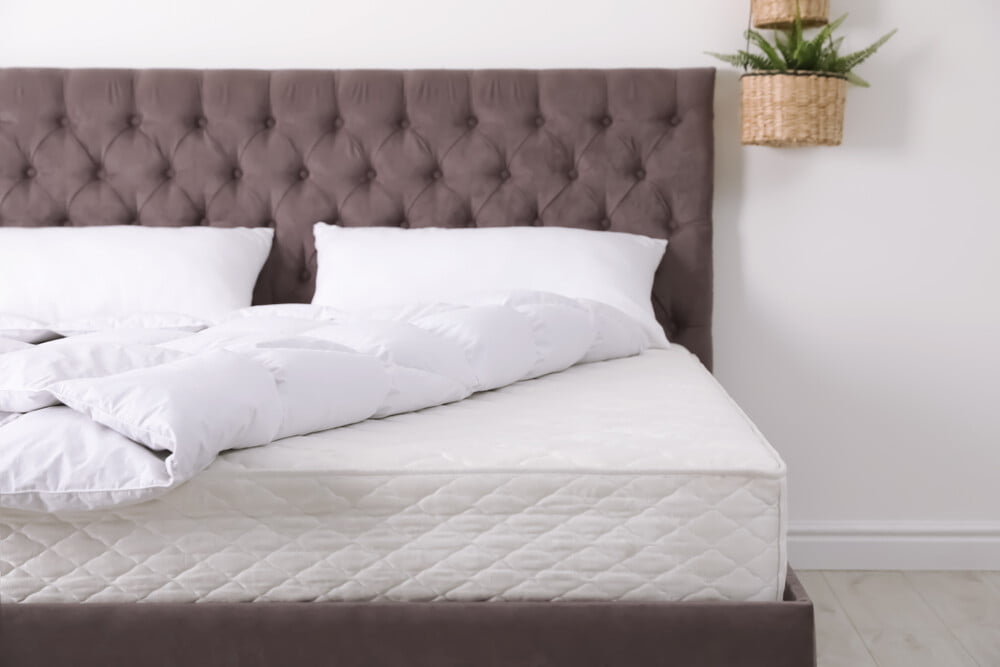
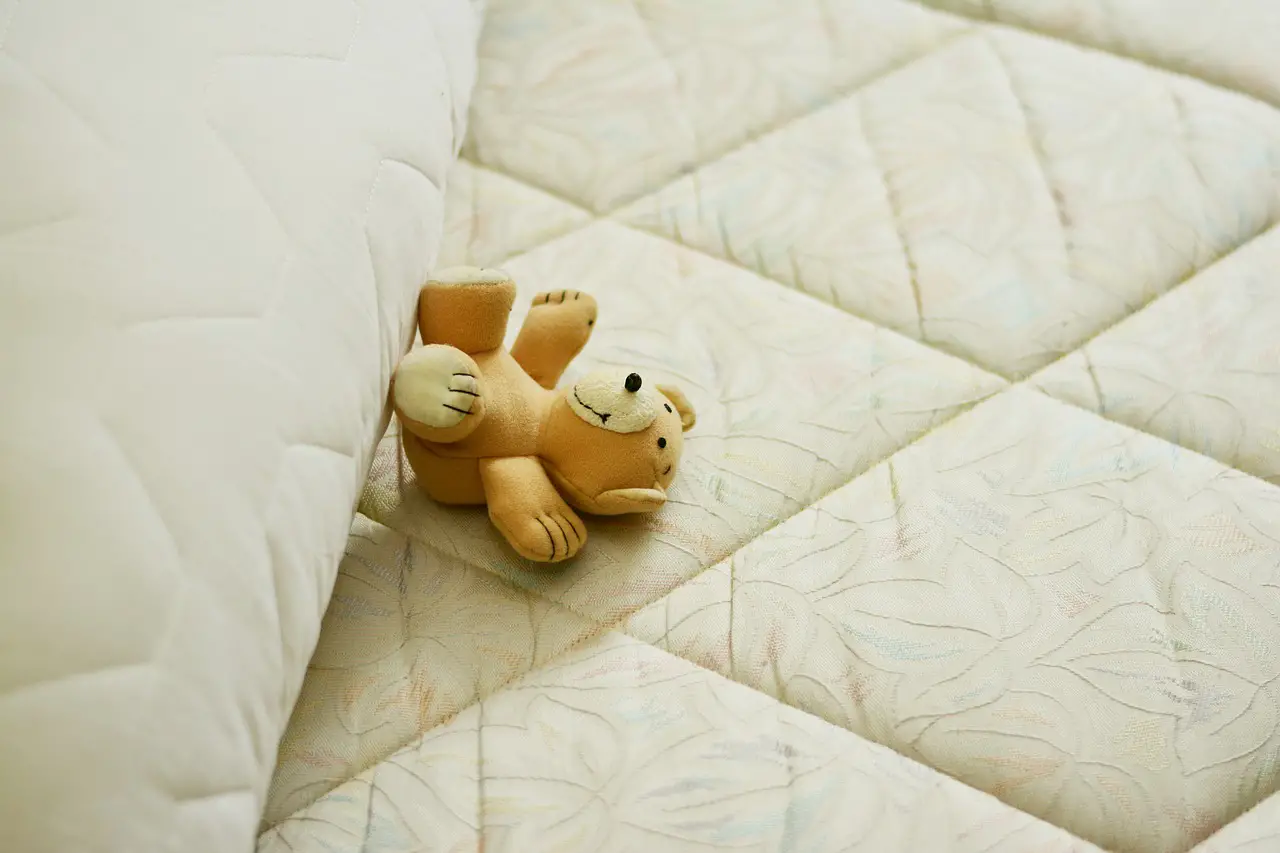
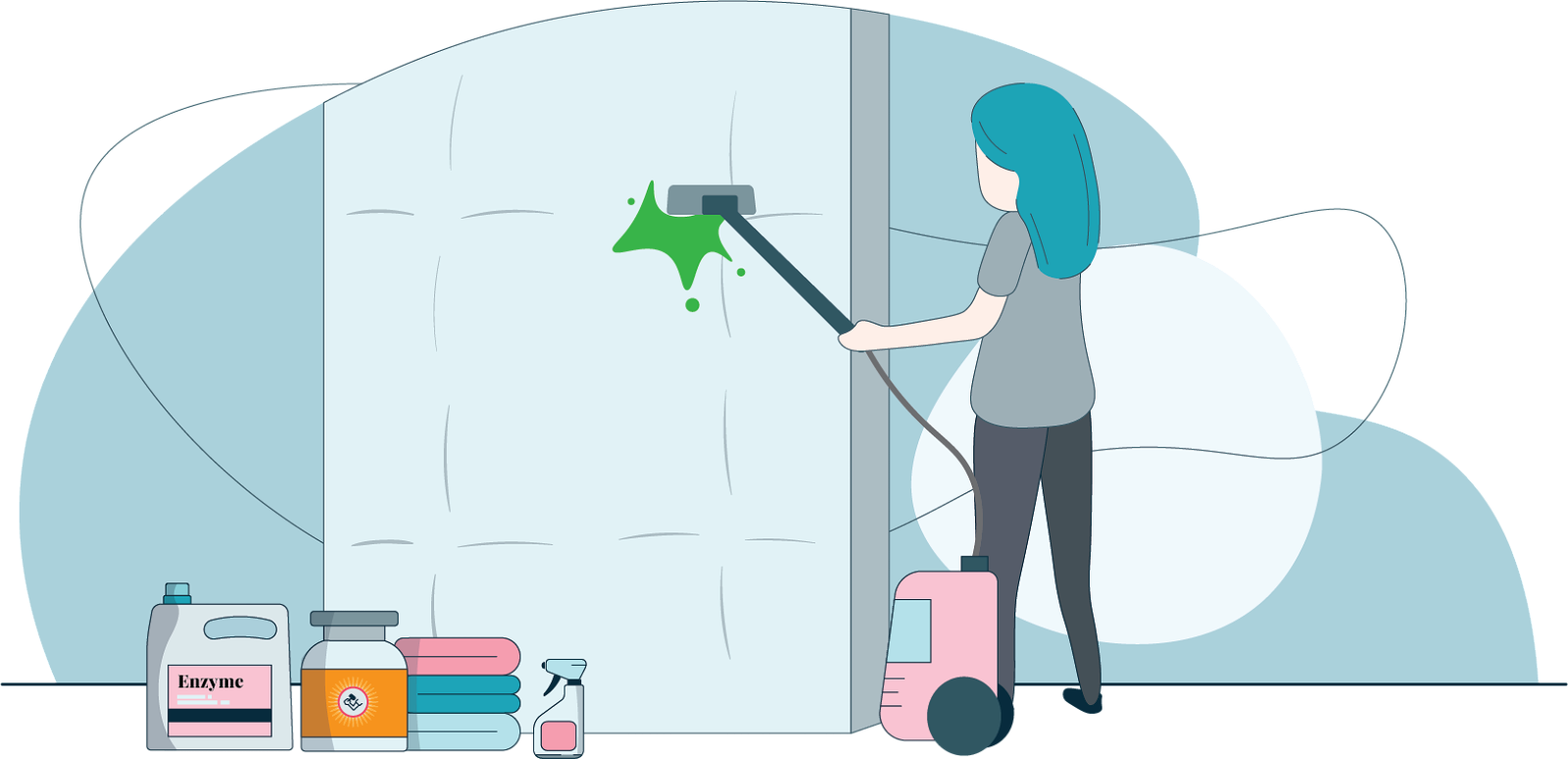

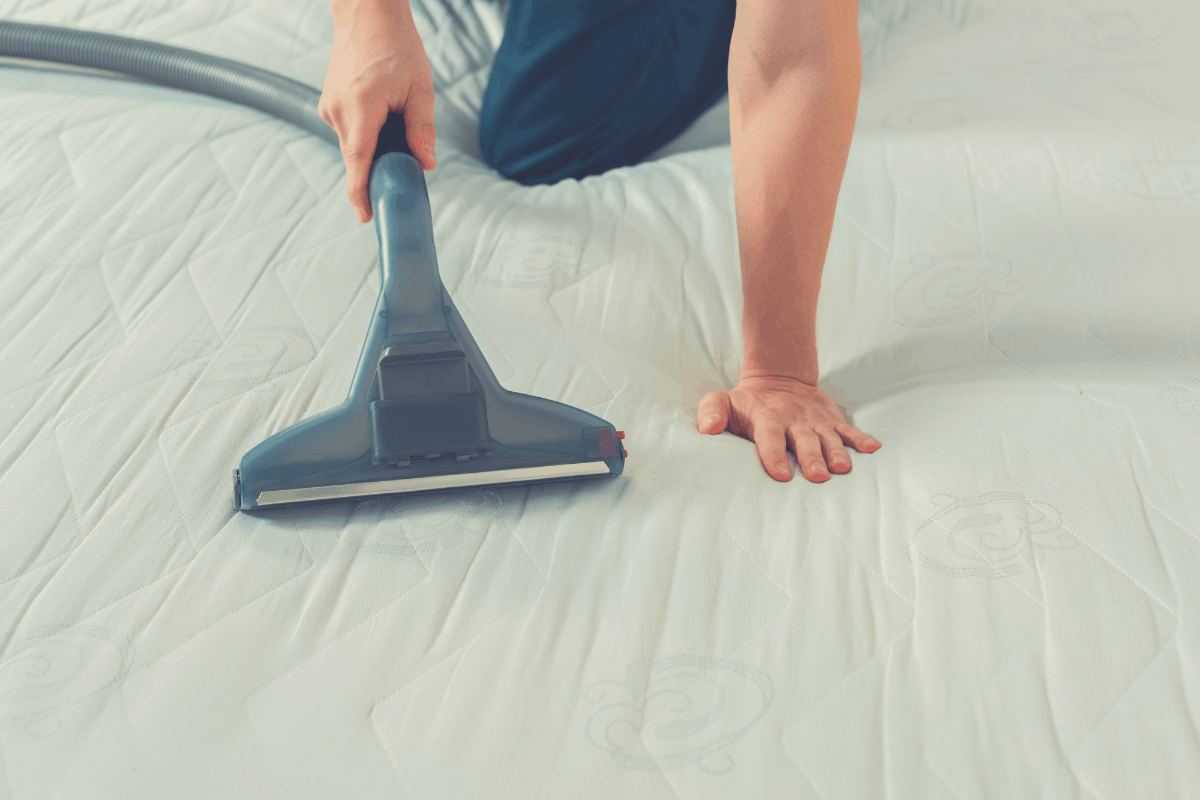








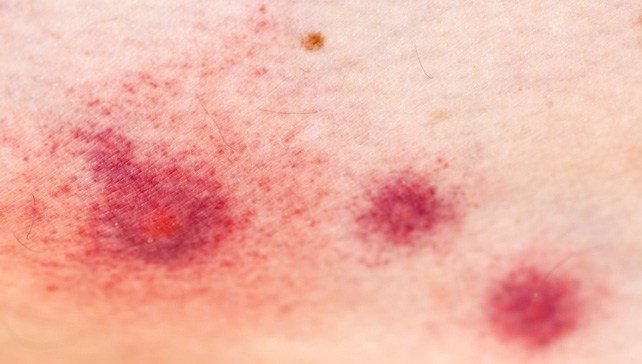



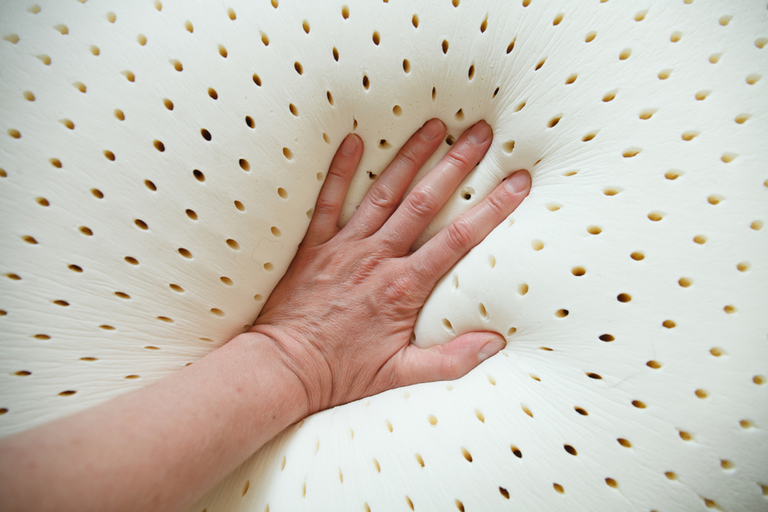


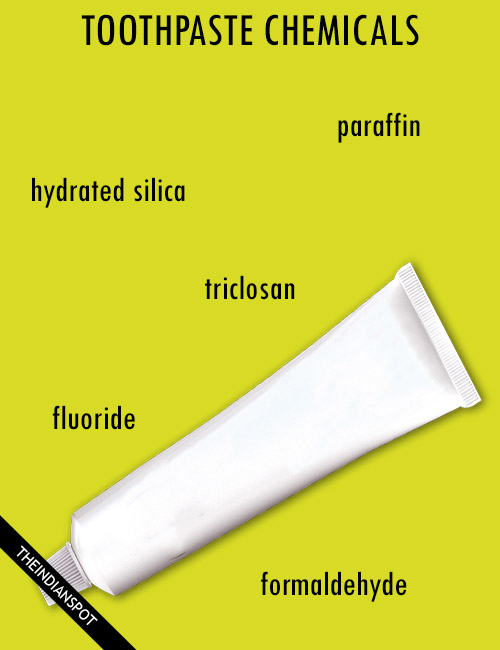
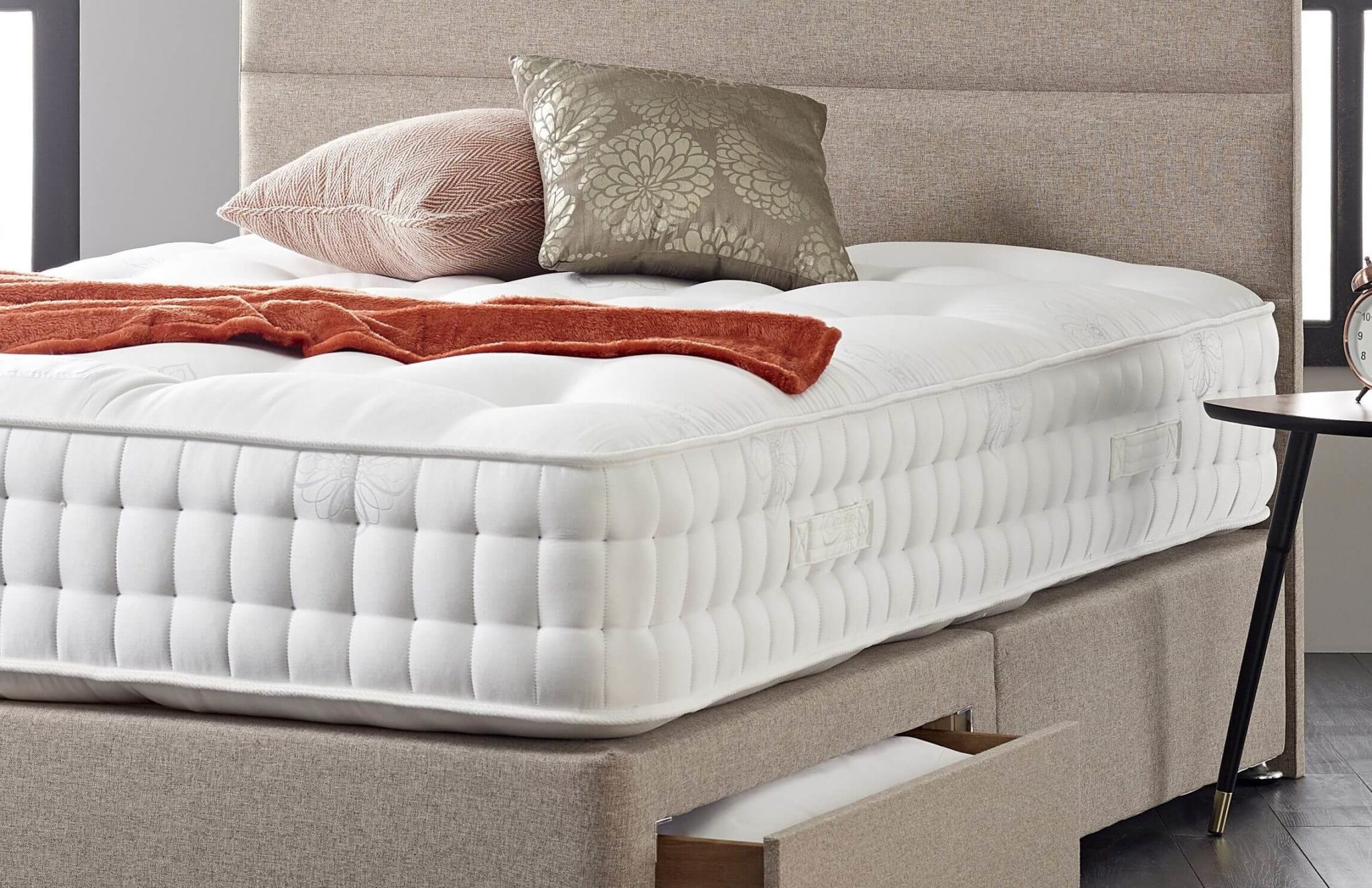
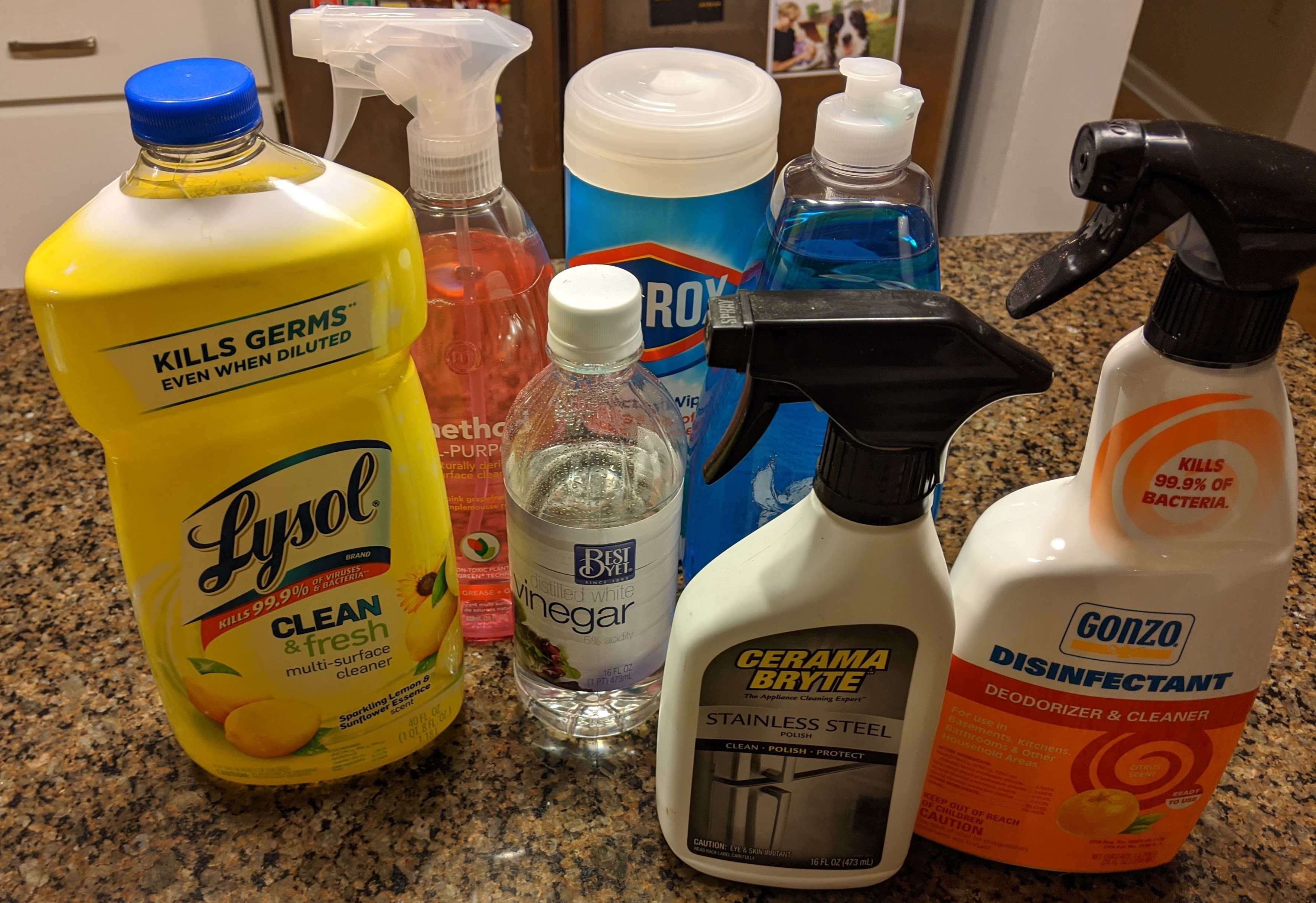

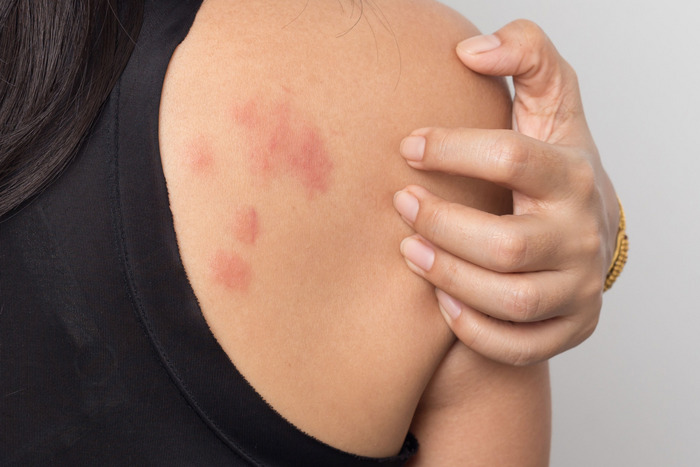


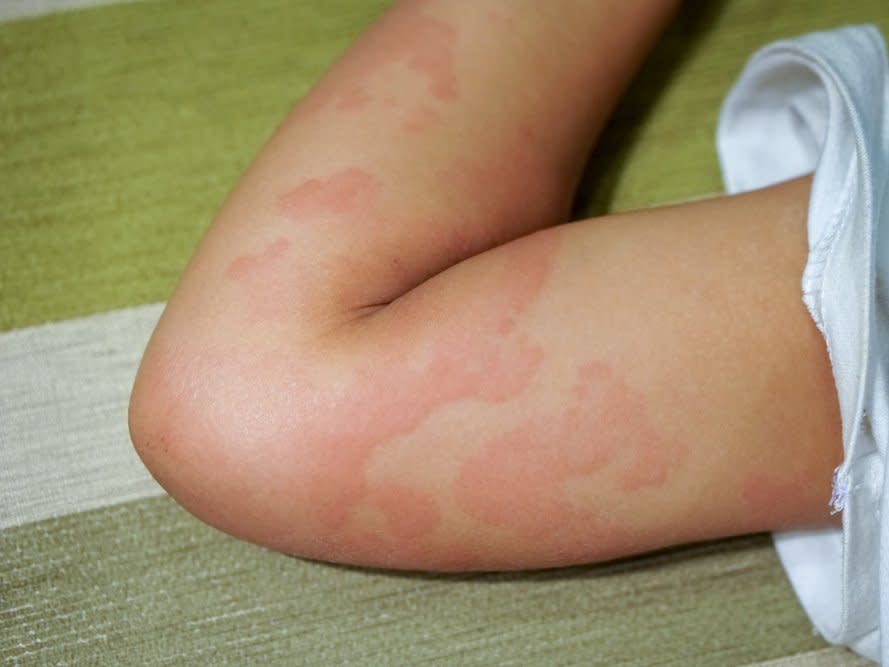
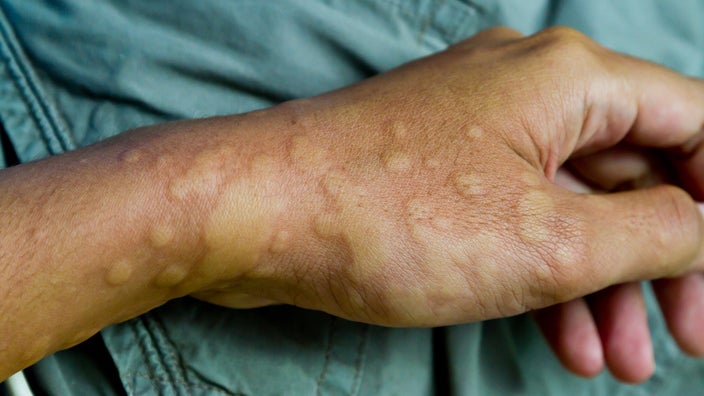





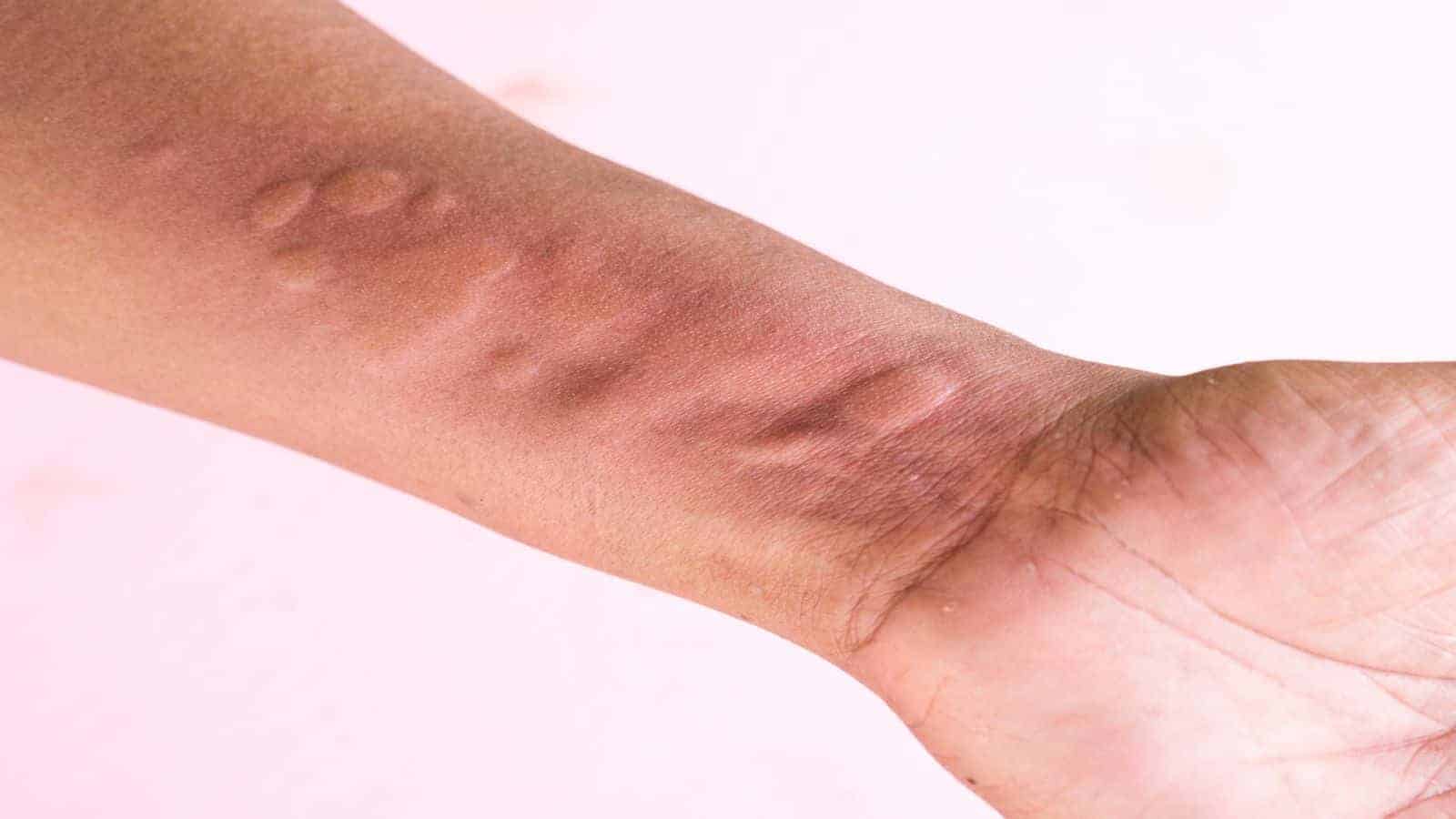
:max_bytes(150000):strip_icc()/hives---urticaria--skin-disease-948800630-5bfd8308c9e77c0058b525d5.jpg)
